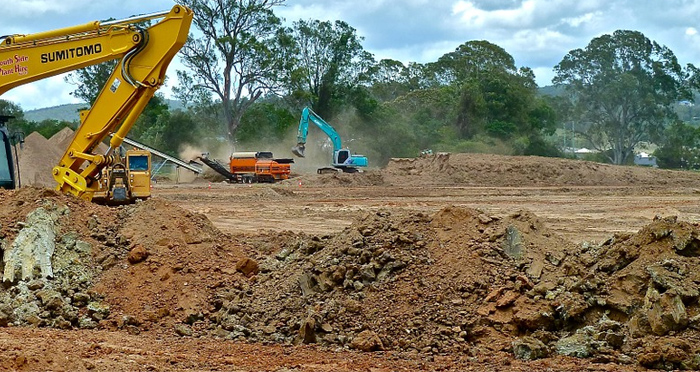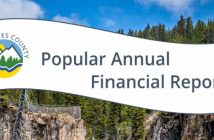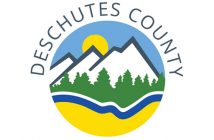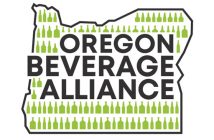Bend continues to be a hotbed for out-of-town developers seeking to cash in on a growing population and dropping vacancy rates. What ceases to continue, however, is the sticker shock that accompanies the development bid. The cost to develop land in Bend is on the rise- sewer, water, power, transportation, site prep, planning, engineering, etc. are all facing increased demands on capacity and resources. In addition, Bend land values are on the rise now that readily developable (read: flat, shovel ready with utilities stubbed to or near the site) supply is on the decline.
The expansion of the City of Bend’s Urban Growth Boundary (UGB) was accepted by the State of Oregon on November 11, 2016 and occurred much quicker than anticipated. And as expected, our clients want to know, “Now what? What is the annexation process? Is my land in the UGB or is it still in the county?” What we understand today is that the land still resides in the county and that as early as next month, the City of Bend will present recommendations to the new Bend City Council members on how to proceed with the annexation process.
The City has to be able to demonstrate how it will serve all to-be-annexed property prior to official annexation. The annexation process generates two unknowns – what infrastructure is going to be provided to the annexed lands and when will it be provided. When reviewing timelines for the allocation of funds, it appears that it could be years before the City will be able to provide infrastructure to these sites. The infrastructure costs to serve the new UGB lands are significant and we still have prior UGB costs to budget for, road repair as an example.
Unofficial bids from service providers show power line installation at $20-$30/lineal foot and sewer line installation at $375/lineal foot. These are just a few examples of how significant these infrastructure budgets can be.
This brings us to another frequent inquiry, “How does a land owner then put together a disposition strategy that will attract a developer?” An area plan is one option. The process is driven by the City of Bend and requires that groups of property owners come together to determine land development. However, this option is slow-going and can take least 12 months to complete.
A second option is a master plan, which is driven by a developer or land owner. This option is usually much faster, but speed to service comes with its own cost. We have been quoted that a master plan can be at least $100,000. There are other requirements that go alongside each of these options, such as minimum property size. If you or someone you know has interest in the UGB annexation process, we recommend attending upcoming City Council meetings to learn more. You can check out their website at www.bendoregon.gov/government/city-council.
Although the City of Bend’s annexation process is not 100 percent clear, we know it is top of mind. Our experience with City of Bend staff has been very positive and they continue to do their best to provide clarity, timelines and process when possible.
So how does our Bend community close the gap between supply and demand until property is annexed and infrastructure is in place? We believe we focus on the infill and redevelopment opportunities already in the UGB and prepare for increased lease rates.
Retail and office tenants looking to lease in new developments are reporting rates in excess of $30/sf/yr NNN. We believe highly visible second generation properties along Hwy 20 and Hwy 97 will remain scarce, but there are some new redevelopment opportunities in effect along Third Street. Upzoning is occurring as a result of the UGB approval, like the adoptionof the new mixed urban designation around the Old Mill District.
On the multifamily front, the eastside is peppered with at least a half dozen new developments. While many may think our market is going to be saturated, we believe it is still relatively underserved. With more flexibility to build taller buildings, developers are sharpening their pencils and being mindful of all their options to absorb the system development charges in Bend, which are much higher than those found around much of Oregon.
Industrial land in Bend is increasingly scarce, although there are still opportunities in the market. Businesses can expect an average rental rate of $7.80/sf/yr NNN, with rates exceeding $9.48/sf/yr NNN. Strength in leasing is boding well for developers looking to make projects pencil at an average land cost of $10.00/sf. One can still find industrial land in the $2.50/sf – $3.50/sf to the north in Redmond, which some Bend-based businesses are finding attractive.
Finally, the hospitality sector continues to grow in the southwest and west parts of town with OSU-Cascades driving a healthy amount of confidence in the area. Meanwhile across town, the medical developments on the eastside are attracting attention. Many out-of-towners seeking accommodations close to the main hospital campus are finding their options are relatively limited.
In summary, we believe land in Bend will continue to be an expensive endeavor to develop. Developers will need to continue to stay patient and detailed in their underwriting of those key infill and new development lands. And for businesses seeking space, we advise they start their search early (at least 12 months out) to allow time to identify locations, negotiate terms and ensure enough time for tenant improvements.
The Central Oregon economy is strong and growing. Whether you’re a commercial real estate investor, developer or tenant, having a trusted advisor to help you navigate the growth, changes and resulting opportunities will be your finest investment in 2017.
Stay tuned for Part II where we will have a Q&A with a land-use attorney and a few property owners who are in the trenches.
Jenn Limoges and Walt Ramage are Commercial Real Estate Brokers with NAI Cascade
NAI CASCADE
549 SW Mill View Way #100, Bend
www.naicascade.com





